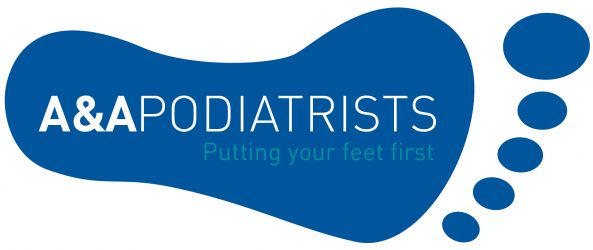Treatment Information
Mechanical pressures to the foot create areas of callus (thick skin) and corns (stones of impacted skin). The skin can also fissure and split around the heels when it is dry,thick and stretched.
A sterile sharp scalpel is usually used to debride the callused skin. Most hard skin looks and feels different and the difference in texture is used to differentiate healthy and callused skin. The procedure is rarely painful. usually a water file is rubbed around the skin to smooth and finish. The area treated is usually soft and smooth and comfortable. Moisturiser creams are advised to rehydrate the skin. Callus forms as a protective mechanism so tends to return if the foot is exposed to excessive friction or pressure from shoes or activities.
Corns are usually by scored around the border and then prised out. In most cases this procedure is painless or uncomfortable. If the corn is particularly sore then the water file with a small attachement would be used to file it away. After treatment the pain associated with the corn tends to dissapate within a few hours or couple of days. Padding may be applied to protect an area. Corns are caused by pressure so if the pressure remains, the corn will return at some point. They do not have a root but will tend to form on bony prominences where the pressure is greatest.
Cracks or fissures are debrided with the blade and water file. The podospray file is able to remove most of the hardness around the edge of the cracks. Heel cracks usually take 4-6 weeks to grow out and require daily use of heel moisturiser during this period. A follow up appointment at this time is advised to remove the remaining cracks as they grow out.
Nails that are yellow and crumbly are usually affected by a fungus.
This is a difficult condition to treat and the skin also may be affected by fungus – athletes foot – tinea pedis.
Thinning and shapng the nails and removing much of the fungus inthe nail with a gentle water file (Podospray) can improve the comfort and appearence.
Topical applications of terbinafine or Loceryl can be used in mild cases and require daily or weekly application for a year.
Tablets can be taken for 3-6 months and are generally effective. The GP would prescribe these terbinafine tablets. All tablets can have side effects and a blood test to monitor liver function is often undertaken.
Laser treatment uses light to react with the fungal cells causing them to release hydrogen peroxide. The lunula laser requires weekly use for 6-8 weeks. It is painless and has no side effects.
In certain cases the nail may be removed and once healed, topical applications or laser treatment applied. This is more useful when only one or two nails are completely affected and it is best to start with a clean starting point.

